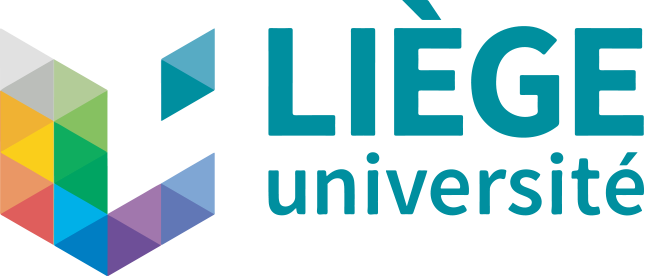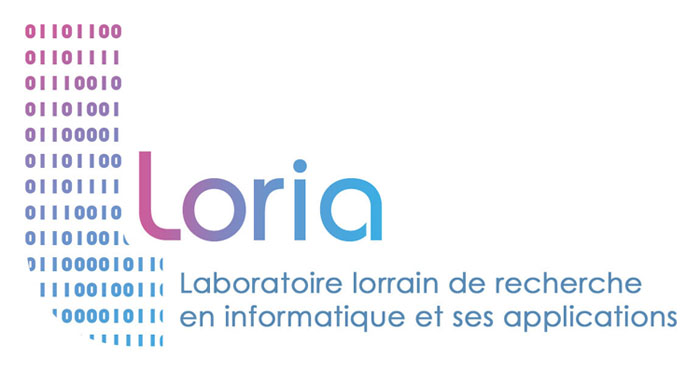As part of the GRONE project, the partners have developed a multitude of research themes.
These projects are organized around three major axes :
- Environmental monitoring
- Air quality
- Pollution of continental waters
- After-mine security
- Autonomous flight
- Risk analysis
- Industrial monitoring
- Use of drones in automobile industry
Environmental monitoring – Air quality

The University of Liège (Belgium) conducts research on air quality in industrial, urban or rural areas. This takes place in order to be able to create an accurate map of the air quality levels.
- Classic method :
-
- Field measurements with low-cost sensor
- Measurements and analysis in laboratory conditions
One-off measures !
-
- Measures with drone :
-
- Vertical profile of concentrations
- Samples in altitude
- Larger areas
Data and dispersion model
-
Environmental monitoring – Pollution of continental waters

The Luxembourg Institute of Science and Technology (LIST) (Grand Duchy of Luxembourg) conducts research on the pollution of water in rivers and lakes. The goal is to quickly and efficiently analyze the proliferation of algae related to pollution.
- Classic method :
-
- Field measurements at multiple locations
- Sample fan for laboratory analysis
Heavy procedure
-
- Measures with drone :
-
- Taking pictures of the area
- Image processing (live or delayed)
- Comparison of IR and multispectral images
- Verification with ground measurements (water probe)
Fast and effective
-
After-mine security – Autonomous flight and risk analysis

Le Laboratoire LOrrain en Informatique et ses Applications (LORIA) (France) conducts research on securing old mine sites. The goal is to analyze the evolution of the sites without putting lives in danger.
- Classic method :
-
- Analysis performed by people in the mine
- Deployment of important material
Dangerous procedure
-
- Measures with drone :
-
- Development of algorithms
- Choice of sensors: cameras, lasern lidar, … (Analysis of the environment around the drone)
- PC-assisted mini-UAV flights
- Real-time analysis of results
Lower risk for people
-
